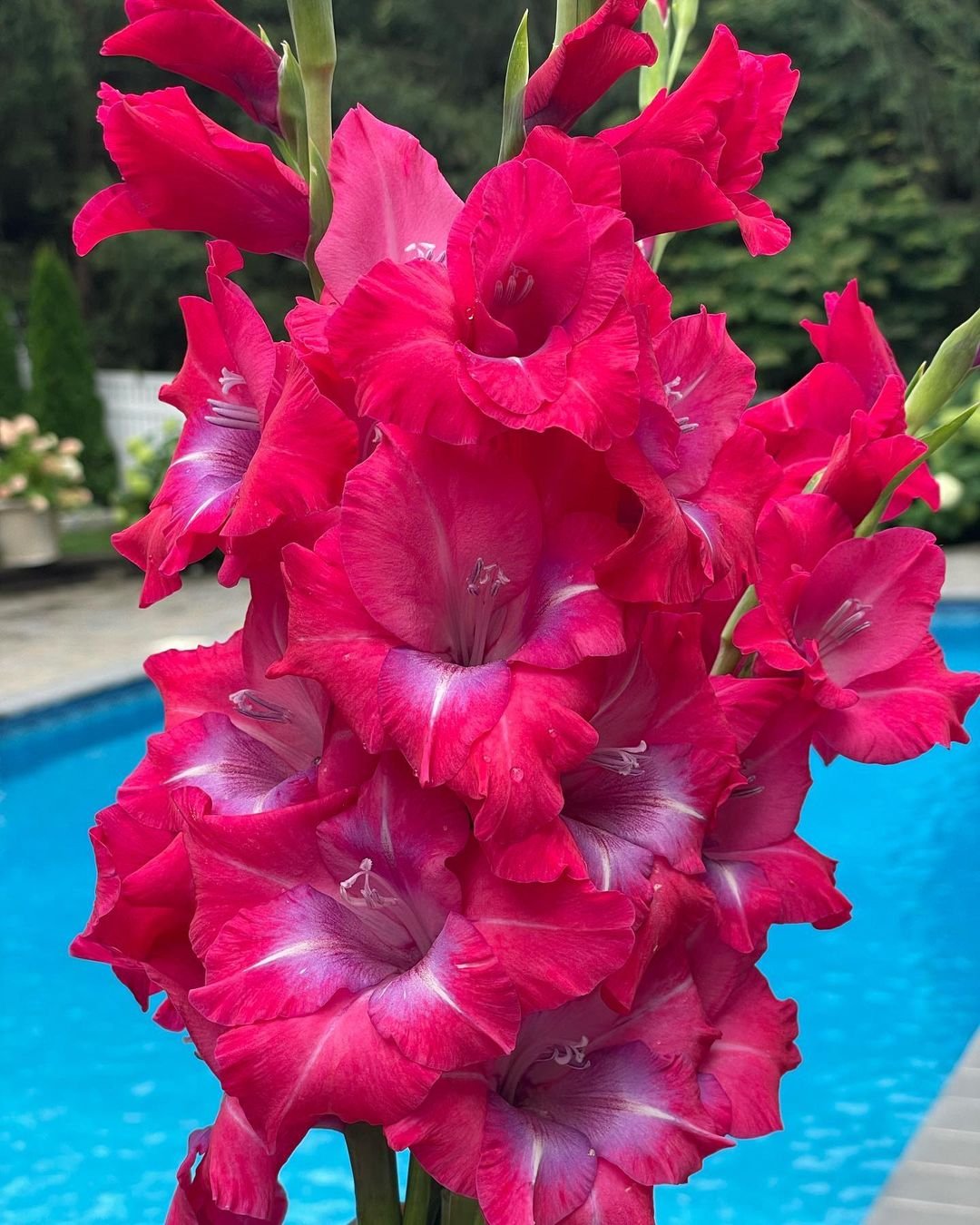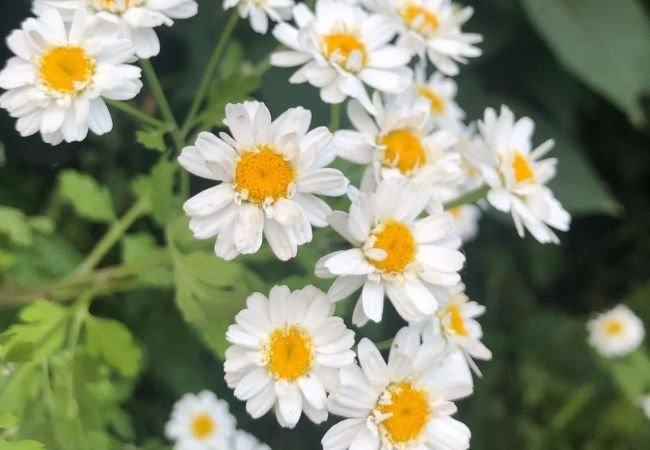Discover how to grow stunning Gladiolus in your garden. This guide covers planting, care and tips for cultivating these elegant, colorful flower spikes across various US regions.
Have you ever seen tall flowers with multiple blooms along a single stem? Those are likely gladiolus! These striking flowers can add height and vibrant color to any garden. Let’s explore how you can grow these beautiful blooms.
Certainly! Here’s a chart with information about Gladiolus flowers:
| Aspect | Details |
|---|---|
| Botanical Name | Gladiolus spp. |
| Common Name | Gladiolus, Sword Lily |
| Plant Type | Perennial (often grown as annual) |
| Hardiness Zone | Zones 7-10 (can be grown in cooler zones if corms are lifted in winter) |
| Sun Exposure | Full sun |
| Soil Type | Well-drained, sandy or loamy soil |
| Watering Needs | Moderate; regular watering, keep soil moist but not waterlogged |
| Growth Habit | Upright, tall spikes |
| Height/Spread | 2-5 feet tall / 0.5-1 foot spread |
| Special Features | Showy, colorful flowers, excellent for cut flowers, attracts butterflies |
What is Gladiolus?

Gladiolus, often called “glads” for short, are flowering plants known for their tall spikes of colorful blooms. They come in almost every color imaginable, from white and yellow to deep purples and reds.
For a detailed botanical description, check out the USDA Natural Resources Conservation Service plant guide.
Why Grow Gladiolus?
- They provide dramatic height in flower beds
- Great for cut flower arrangements
- Available in a wide range of colors
- Attract butterflies and hummingbirds
How to Plant Gladiolus
When to Plant
Plant gladiolus corms in spring after the last frost. To find out when that is in your area, use the USDA Plant Hardiness Zone Map.
Where to Plant
Gladiolus love full sun. Choose a spot that gets at least 6 hours of direct sunlight daily.
Soil
These plants prefer well-draining soil. Learn more about soil types from the University of Minnesota Extension.
Planting Steps
- Dig holes about 4 inches deep and 6 inches apart
- Place the corm in the hole with the pointed end facing up
- Cover with soil and water well
Caring for Your Gladiolus
Water
Keep the soil consistently moist but not waterlogged.
Fertilizer
Feed gladiolus with a balanced fertilizer when planting and again when flower spikes begin to show.
Support
Tall varieties may need staking to prevent them from falling over.
Winter Care
In colder regions (zones 7 and below), dig up corms in fall and store them indoors for winter.
Common Problems and Solutions
- Thrips: These tiny insects can damage flowers. The University of California Integrated Pest Management Program offers advice on managing thrips.
- Gladiolus Corm Rot: This fungal disease can be prevented by planting in well-draining soil. Learn more from the Clemson Cooperative Extension.
- Deer Gladiolus: are often attractive to deer. The Rutgers New Jersey Agricultural Experiment Station provides information on deer-resistant gardening.
Different Types of Gladiolus
- Large-Flowered Hybrids: The most common type, with large blooms on tall spikes
- Butterfly Gladiolus: Smaller flowers with ruffled petals
- Hardy Gladiolus: Can survive winter in the ground in colder regions
For more information on gladiolus varieties, visit the Missouri Botanical Garden’s plant finder.
Interesting Facts About Gladiolus
- The name “gladiolus” comes from the Latin word for “sword,” referring to the shape of their leaves
- Gladiolus are the birth flower for August
- In the language of flowers, gladiolus symbolize strength of character
Growing Gladiolus in Different Regions
Gladiolus can be grown in most parts of the USA:
- In warmer regions (like the South), they can be left in the ground year-round
- In colder areas (like the Northeast), corms need to be dug up and stored for winter
- In dry regions (like parts of the West), they might need more frequent watering
For region-specific gardening advice, check out the Cooperative Extension System website.
Using Gladiolus in Your Garden
- As backdrop plants in flower beds
- In cut flower gardens
- Mixed with other summer-blooming perennials
- In large containers on patios or decks
For more ideas on garden design, visit the National Gardening Association website.
Gladiolus can bring a touch of drama and elegance to your garden with their tall spikes of colorful blooms. Whether you’re growing them for your flower beds or for beautiful bouquets, these striking flowers are sure to impress.
For more gardening tips and plant care guides, visit usagardenhub.com.







2 Comments on “Gladiolus : Elegant Spikes of Color for Your Garden”